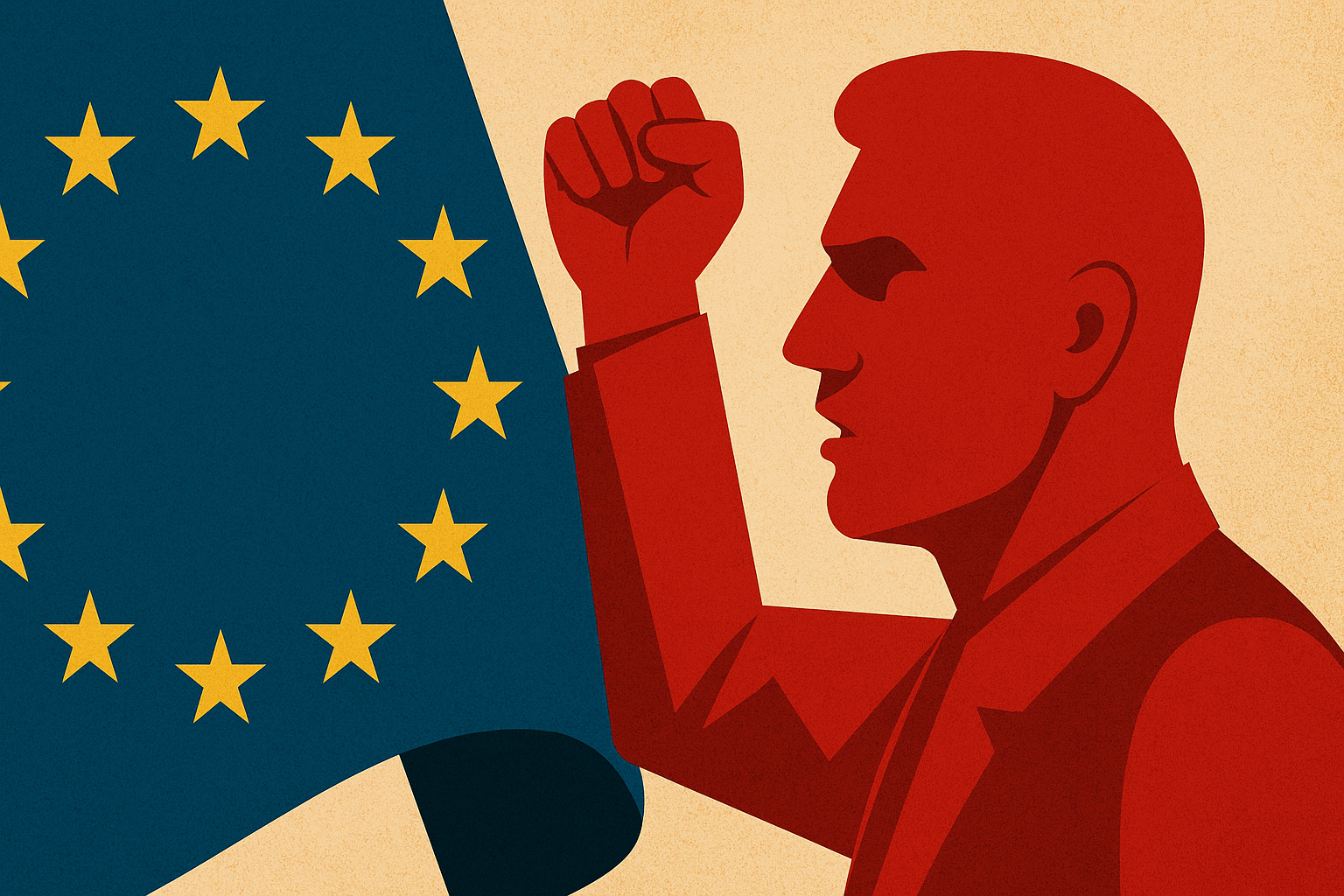The United States and the European Union are on the verge of finalizing a trade agreement that would set 15% tariffs on European imports, aiming to defuse growing transatlantic trade tensions and avoid a significant tariff hike threatened by the White House.
According to sources familiar with the negotiations, the agreement would mirror a recent trade deal struck between President Donald Trump and Japan, and would help avert a proposed increase to 30% tariffs, set to take effect on August 1, 2025, if talks fail.
Key Elements of the Proposed Deal
- 15% Reciprocal Tariffs: The deal would introduce a standardized 15% tariff rate, which would encompass current duties already applied to EU goods, including a 10% surcharge imposed by the U.S. in April 2025. These duties had come on top of existing average tariffs of 4.8%.
- Targeted Exemptions: As part of the agreement, both sides are expected to waive tariffs on select goods such as aircraft, spirits, and medical devices.
- Car Tariffs Slashed: The 27.5% tariff currently levied on European automobiles would be significantly reduced to 15%, marking a notable win for EU car exporters.
Diplomatic Engagement
The European Commission, which oversees EU trade policy, briefed representatives from member states on Wednesday following recent discussions with U.S. negotiators. The tone of the talks has reportedly become more constructive in recent days, with both sides working to finalize terms ahead of the August deadline.
Despite progress, the EU is still preparing a contingency package of retaliatory tariffs worth €93 billion, with rates of up to 30%, should the deal fail to materialize. This fallback plan reflects Brussels’ intent to respond proportionally to any future unilateral U.S. tariff increases.
A U.S. official confirmed the ongoing nature of the talks, describing the situation as “fluid and subject to change,” suggesting that while optimism is growing, no final agreement has been signed yet.
Strategic Significance
The proposed deal could help stabilize trade relations between two of the world’s largest economies at a time of heightened global economic uncertainty. While not eliminating all tensions, a mutual agreement on tariff levels would signal a return to rules-based negotiation and offer much-needed predictability for businesses on both sides of the Atlantic.








